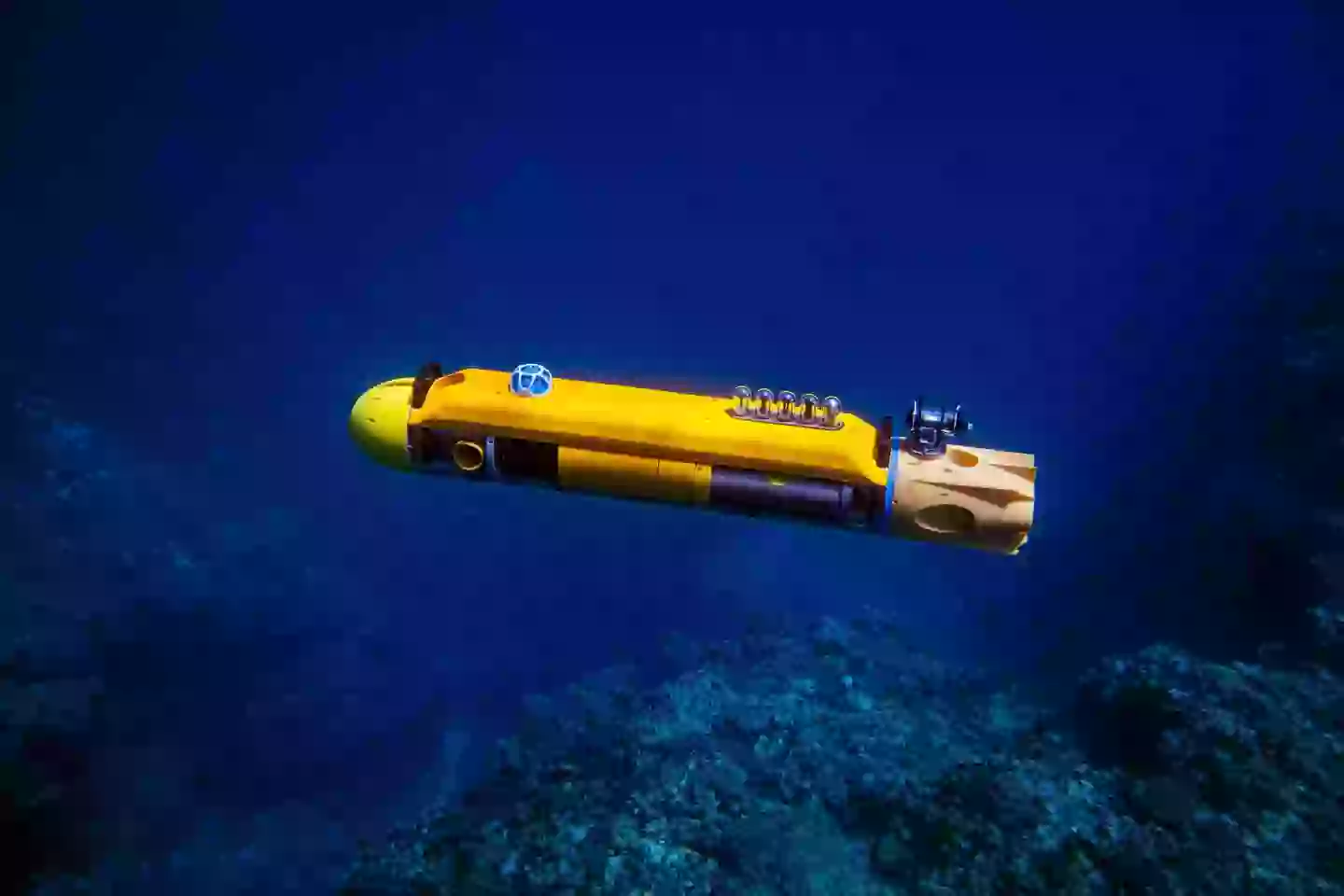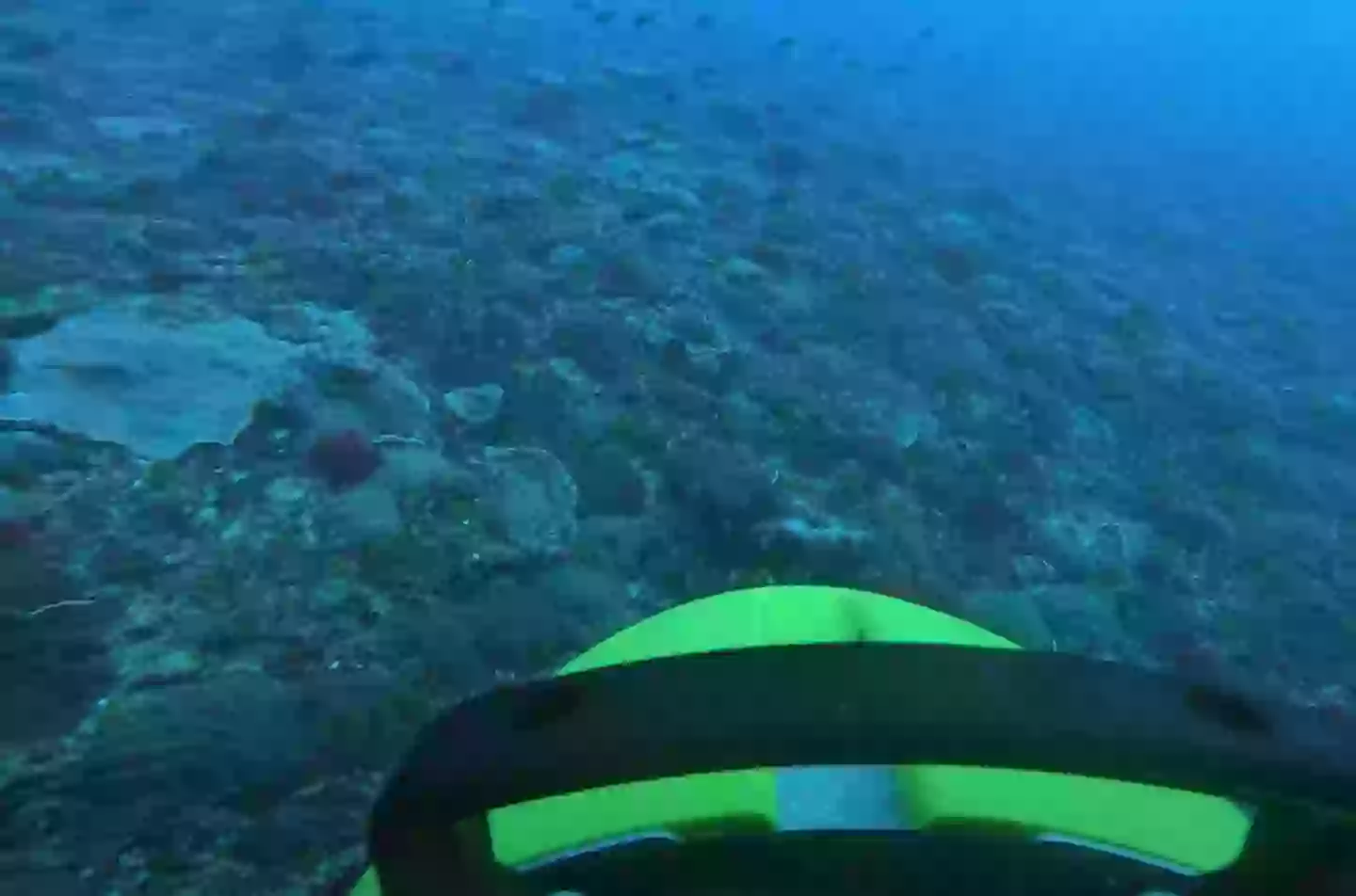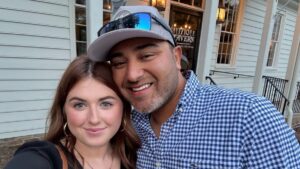Uncharted Abyss Revealed: Robots Uncover Mysteries Hidden in the Ocean’s Darkest Depths
Ever wondered who’s braver — the deep-diving robot or the human with a scuba tank? Well, a crack team from the University of Sydney decided to skip the wetsuits and send some high-tech underwater robots on a mission to explore the ocean floor, revealing secrets no human eye has glimpsed before. These Autonomous Underwater Vehicles (or AUVs, because acronyms make everything sound cooler) are decked out with fancy cameras and sensors that snap tens of thousands of photos of the mysterious seabed. Led by Professor Stefan Williams, this robotic squad mapped out parts of the Norfolk Ridge — a place so untouched, it’s like the ocean’s own version of a secret VIP lounge. It’s amazing what tech can see when we can’t — and honestly, I can’t help but smile thinking about robots adventuring where humans would think twice (or thrice!) before diving. Curious about what they found at the bottom of the sea? LEARN MORE.
A team of researchers from the University of Sydney made a discovery at the bottom of the ocean after sending robots down to have a look.
The use of robots, or Autonomous Underwater Vehicles (AUV) to give them their proper name, is becoming more widespread among researchers, as there are things technology can see which we can’t.
The Australian Centre for Robotics (ACFR) operates the robots which come outfitted with some high tech gear (of course they do, they’re robots), including cameras and navigation sensors that have allowed them to collect tens of thousands of images of the ocean floor.
Professor Stefan Williams led the team that mapped out a part of the sea floor which humans haven’t properly examined before, with technology giving them the chance to create a clear image of what’s down there.

These Autonomous Underwater Vehicles (AUV) have been mapping out unexplored bits of the ocean floor (University of Sydney)
“It’s the first time that parts of the seabed in the Norfolk Ridge were imaged in this detail,” Professor Williams said.
“The AUV’s visual and acoustic sensors gathered data to generate high resolution 3D models of the seabed and marine habitat. We were excited to support the expedition and see what our environmental survey of the area will uncover.”
Where were the robots diving?
This expedition took place in the waters around Norfolk Island, a small Australian island located about 900 miles east of Brisbane.
The water surrounding the island contains coral reefs that have thus far been unexplored, and the University of Sydney says they contain ‘diverse species of animals and plants’.
Also located around that area is the wreckage of the 18th Century warship HMS Sirius, which got wrecked on those coral reefs the researchers wanted to look at, and if there’s time the team is also hoping to check that out. Sunk in 1790, it’s a site the scientists would like to examine if the weather allows them to have a look.
The ACFR previously examined the wreck of an Ancient Greek ship and found a 2,000-year-old skeleton.

This is the best look researchers have got at this part of the ocean (University of Sydney)
Why did it have to be robots?
Simply put, robots can go to places where humans can’t.
When diving underwater there’s plenty of considerations that must be made, including the pressure that a human diver would be placed under, and the danger they’d be in generally from deep sea diving.
Instead, the use of an AUV can get a camera down where you wouldn’t send humans and they can get an incredibly good look at what’s down there.
Of course there was a place for humans to do their part piloting the AUV, and members of the research team gathered samples of marine life.
What did they find?
Given the unexplored nature of the reefs around Norfolk Island, the team were able to get the first ever high resolution images of the seabed, which means they’ll be able to make 3D underwater models of the place.
These parts of the oceans have never been properly seen or mapped out by humans before, and sending robots down there to do our bidding and gather the vital information.
In addition to getting the first proper look at this previously hidden aspect of nature, the researchers and their robots also collected examples of marine life from the area so they’ll also be able to know what lives there as well as what it looks like down there.
















